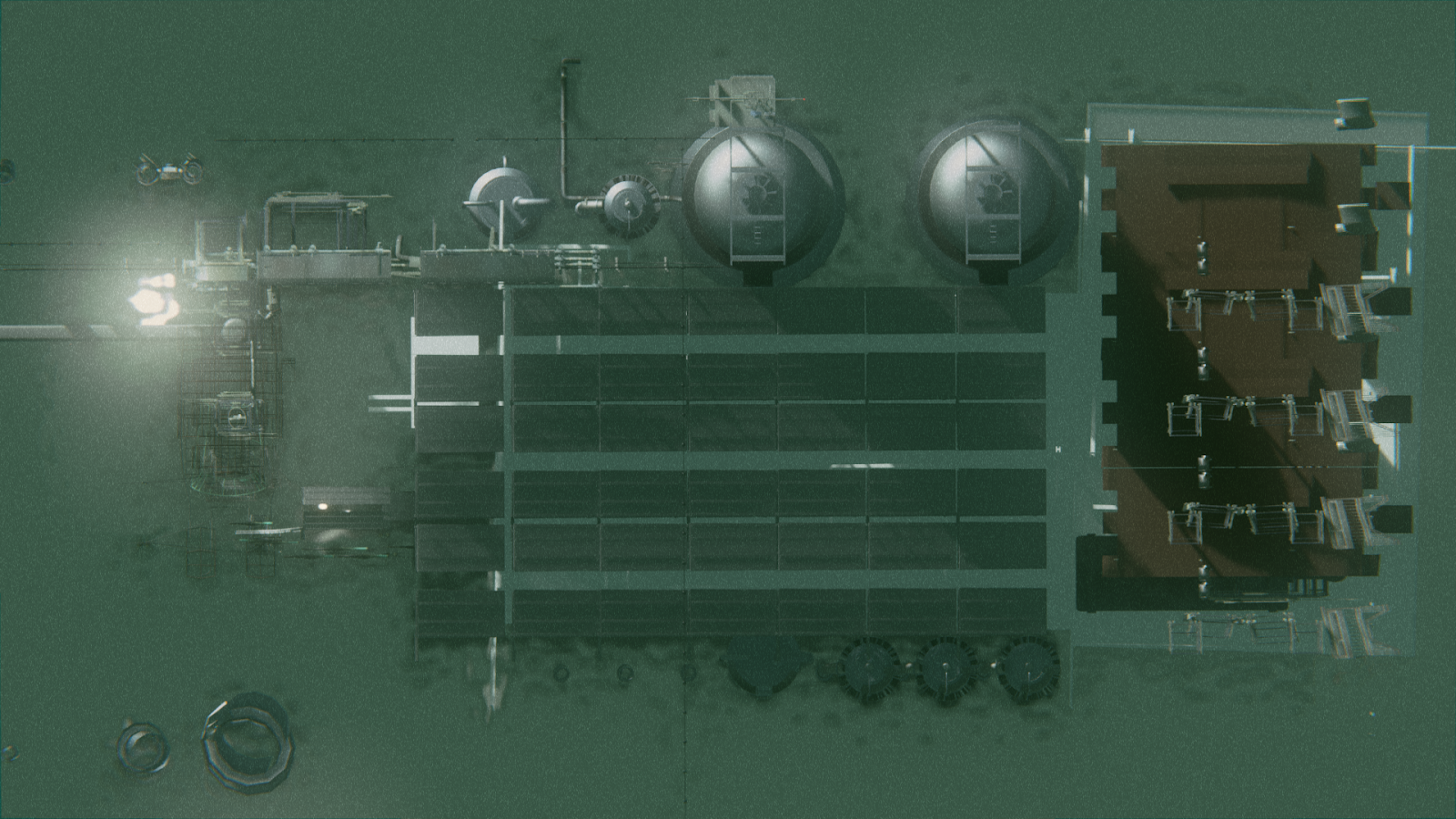fake palace reproduces a false reality of irrigation patterns, participating in an irrigation pattern and clarifying how it functions as an extension of it. What is felt and perceived makes you question reality and turns into clouds amid mental confusion. An indescribable indescribable does not give definitive answers as to what is what, but sometimes it just does what irrigation does.
imitates the majesty of a palace and joins the new vocabulary of the fake palace

Can field patterns serve as a base for establishing a bath? How can it mimic irrigation and produce a sub-image of it? How do the patterns do other things when they overlap? Is it possible to continuously reproduce the space/atmosphere experienced by the user for the perception of the atmosphere? Could there be places that you can just walk through and make you feel like you can spend time as you wish? What are the ways people interact with objects and water? What are the moods and emotions that fill me as I sit here?
To imitate water, should it start as a point like a water droplet or should it float like a thin line? Some detailed attempts to create intermediate patterns:
Where do irrigation patterns diverge, where do they join together and initiate new patterns? Can constantly circulating water be sprayed from the tank and inflate a balloon? How does it inflate spatialities?Does it create the feeling of an invisible wall, a veil, between the person and his environment, separating him from the world? Does this cause errors in the size, shape and extension of objects?
What is watered, what does it want to be watered? Does watering mean wetting, moisturizing, saving from drought? Might it not want to be watered sometimes? Is irrigation a necessary tool to initiate and maintain a process? How to water the plant, grow, break and die? If it is not watered, it will break down, will it not want to be watered, or will it need to be cared? How do we irrigate, how do we participate in the extension of the irrigation pattern?
What should it look like to encapsulate the experience that traps the water? Should it emerge from a fluid path like water or be buried at a point? Could a new experience be established for the subject and this is then transformed into an experience of otherness? While these are happening, is it possible for volumetric displacements to play with the flow of consciousness and its functioning?
Sinkholes occur due to soil collapse due to loss of groundwater. Since the ground is constantly changing, what is encountered is also different. While we expect to see the same thing, we see how each sinkhole forms and ends differently and what it initiates. The soil, which is thought to be simple, shows how it opens every layer and its generosity. generosity is not static. The soil has forgotten to offer water generously. Encountering water is possible by catching its ghosts. pipes, broken pipes, irrigation elements, arid grass, sinkholes. A water somewhere between the generosity of the palace and the withdrawal of the land. it flows, it never stops, it accumulates, it is protected, it cleans, it cleans.
The light filters through the roof covering that always turns the water, the bathhouse is always bright. Plastic panels that circulate water between their walls keep the water and its sound alive, spraying water vapor at periodic intervals, and the place is always humid and foggy.
The water pouring from the roof covering into the tank is kept warm and returned to the roof to be sprayed by the pump inside the tank.
The space is divided by plastic panels placed at various heights between I-profiles. panels provide privacy without doors. creates angles from which some parts of the body are visible. There is a cold room at the lower level of the indoor space, and the cooled water coming out of the tank is sprayed as steam in this space. Plastic panels that restrict vision also create changing corners, closed and solitary bathing cells, and places to lie down and sweat. blurring, covering and obscuring the thresholds of space plays with the limitations of vision. The resulting fog mass makes visible the exhausted, inaccessible water under the ground and makes it the subject of the space. We talk to water, we touch it, we go to the space it creates, we walk through the path it opens and eat it.
plastic pipes among endless irrigation patterns. The semi-open space set up by pipes and huge water tanks provides open irrigation and keeps the bodies wet. These pipes, which heat and cool the water as a welcoming place, spray the cold water coming from the roof covering by dripping. It mimics irrigation patterns and behavior and produces a counterfeit example of it. The water accumulated on the ground fills the tank and is cleaned. cleaning pumps capture and regenerate energy from nearby solar electric panels. The excess water that does not fit into the tank reaches the fields through pipes that are extensions of the structure and performs soil irrigation.
























